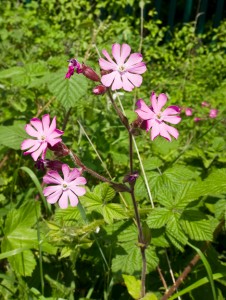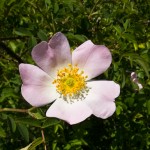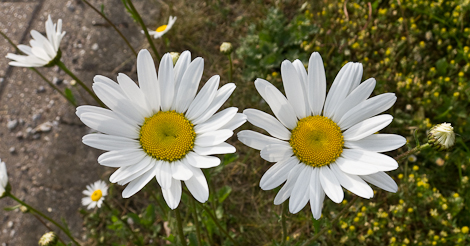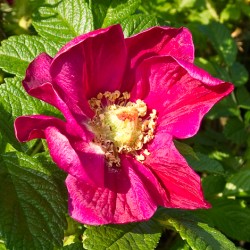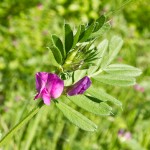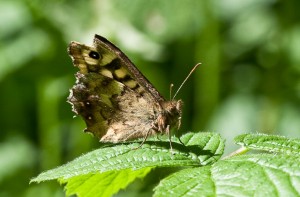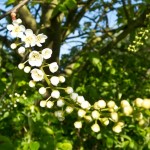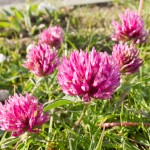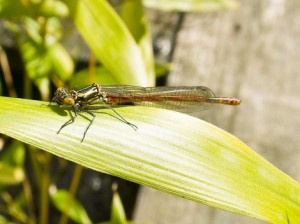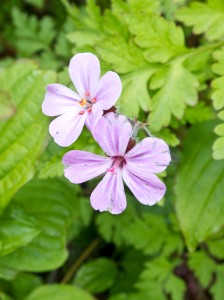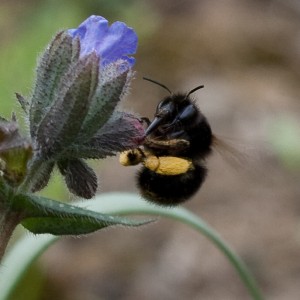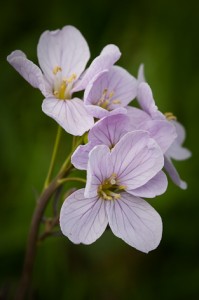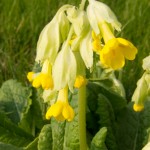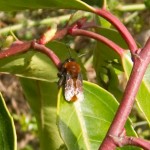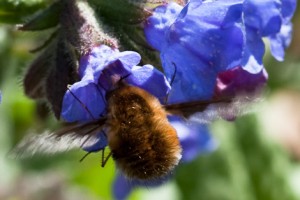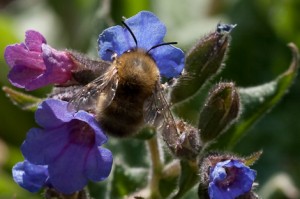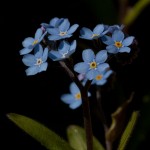No nature notes for two weeks, it is not due to a lack of things to see, just a time issue. Where to start – probably insects. The weather has been pretty variable, some sun, rain, thunder, lightning, it was just hail and snow that were missing. This seems to have had a different effect on insects. I don’t know what is happening where you are, but I don’t think I have seen a single butterfly in the last two weeks. I am not sure if it is just a natural hiatus, some are in caterpillar form, others are waiting for the correct plants, but it does seem odd.
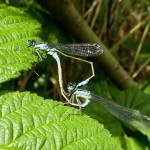 What are about in abundance are damselflies. A walk round a lake on a sunny day reveals them in numbers. I managed to take some of my best pictures ever. This was taken along the path, and is my first bit of insect porn. I love the colours of the damselflies against the green of the leaf. I think that these are common blue damselflies, but they are apparently very similar to the azure and variable blue damselflies and I am just not good enough yet. There were also lots of large red damselflies about. Last week I also saw a lot of Blue Tailed damselflies which flew up whenever I brushed past some grass by the lake.
What are about in abundance are damselflies. A walk round a lake on a sunny day reveals them in numbers. I managed to take some of my best pictures ever. This was taken along the path, and is my first bit of insect porn. I love the colours of the damselflies against the green of the leaf. I think that these are common blue damselflies, but they are apparently very similar to the azure and variable blue damselflies and I am just not good enough yet. There were also lots of large red damselflies about. Last week I also saw a lot of Blue Tailed damselflies which flew up whenever I brushed past some grass by the lake.
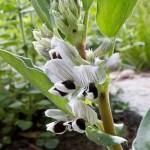 The sage is flowering now, and is bringing a lot of honey and bumble bees to the garden whilst the birds foot trefoil is attracting them to the back which is good because that is where my broad beans (the first time I have tried growing them) are flowering.
The sage is flowering now, and is bringing a lot of honey and bumble bees to the garden whilst the birds foot trefoil is attracting them to the back which is good because that is where my broad beans (the first time I have tried growing them) are flowering.
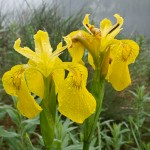 Wild flowers are still in abundance, although lots have gone to seed. The grasses, for those not attacked by their pollen, are looking pretty in both the sun and the rain an around the lake there are a lot of flag iris about, looking bright amongst the green.
Wild flowers are still in abundance, although lots have gone to seed. The grasses, for those not attacked by their pollen, are looking pretty in both the sun and the rain an around the lake there are a lot of flag iris about, looking bright amongst the green.
The garden is covered in birds every morning. The finches, green, gold and bullfinches turn up every day, making a lot of noise and getting through a lot of sunflower hearts. We also had the first baby great tits last weekend. In recent years they have always appeared over the Bank Holiday weekend at the end of May. This year they are a week late. They usually turn up at the same time as the baby blue tits, both can be distinguished from their parents by the more squeaky noise they make and the fact that they look as though they have faded in the wash. However, I haven’t seen any blue tits yet, even though the ones on Springwatch have fledged.
